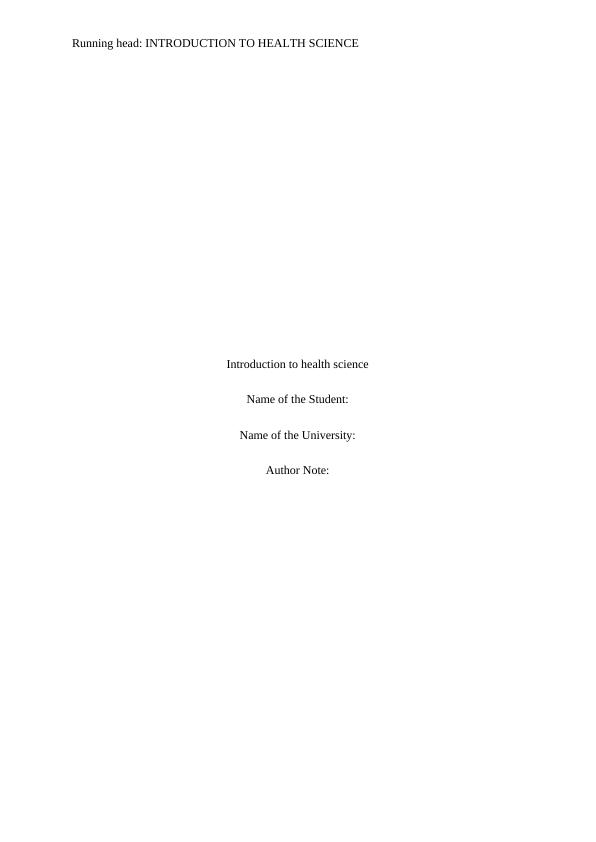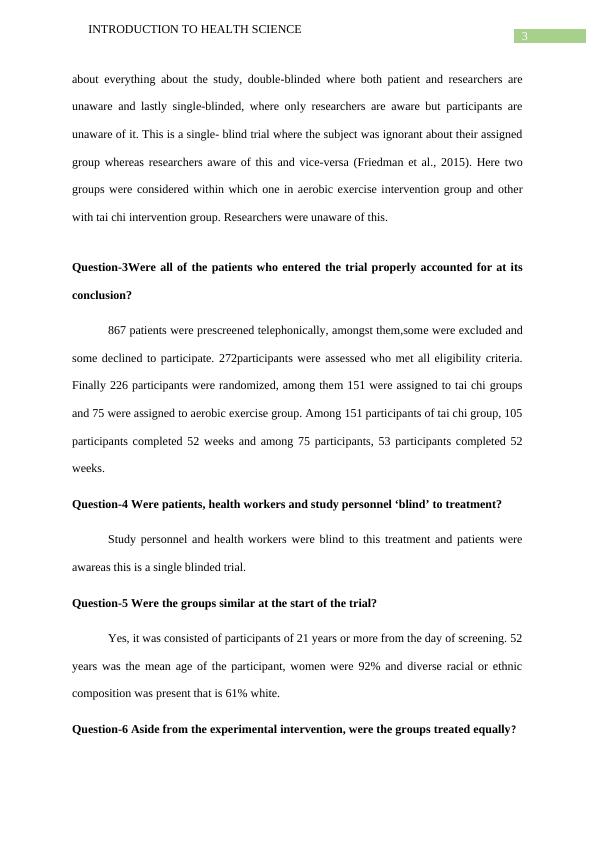Critical Appraisal of Randomized Controlled Trial and Qualitative Research
14 Pages4293 Words158 Views
Added on 2023-06-14
About This Document
This article critically appraises two research articles based on randomized controlled trial and qualitative research respectively. It identifies the strong point and weak point of a research article for assessing the effectiveness and validity of the findings of that article.
Critical Appraisal of Randomized Controlled Trial and Qualitative Research
Added on 2023-06-14
ShareRelated Documents
End of preview
Want to access all the pages? Upload your documents or become a member.
Critical Appraisal of Quantitative and Qualitative Articles on Healthcare
|13
|3911
|102
Decision Making for Dementia Patients
|12
|3644
|88
Quantitative Research on Non-Therapeutic Intervention for Fibromyalgia Patients
|13
|4544
|47
Analysis of a Randomized Controlled Trial on the Effectiveness of Nursing Practice Services
|7
|1943
|254
Effects of aerobic and resistance training on hemoglobin A1c levels in patients with type 2 diabetes
|13
|3053
|40
Comparison of Low and High-Carbohydrate Diets for Type 2 Diabetes Management: A Randomized Trial
|15
|3814
|199




